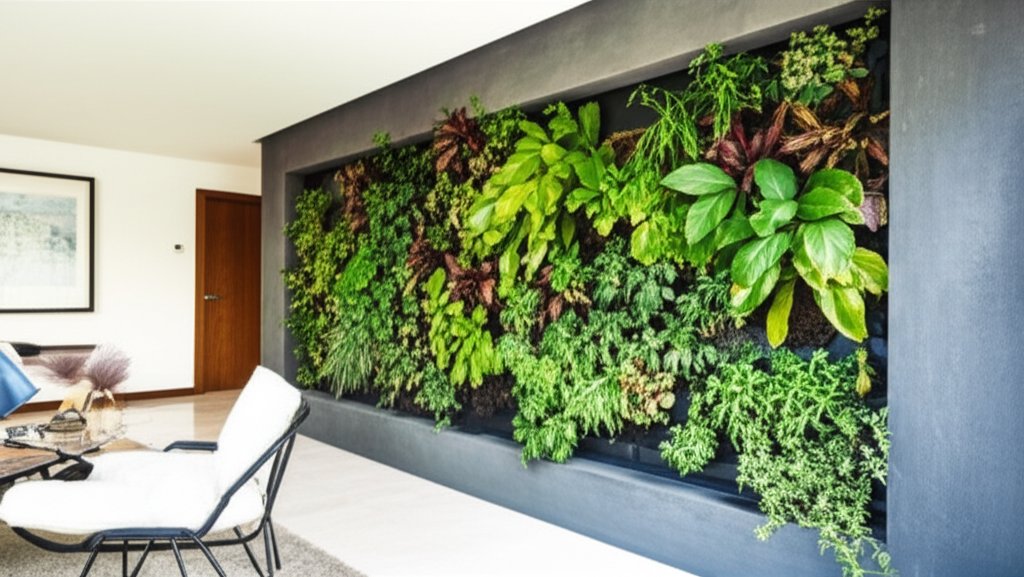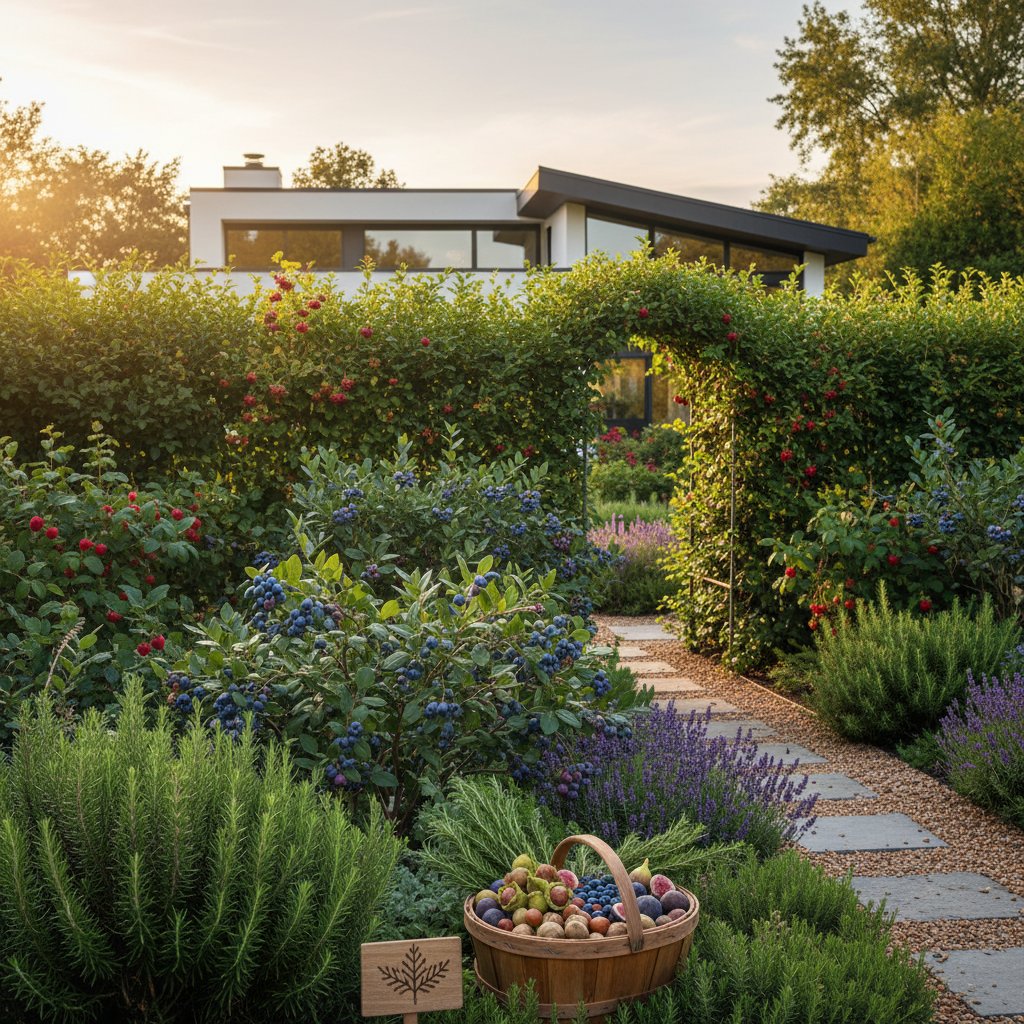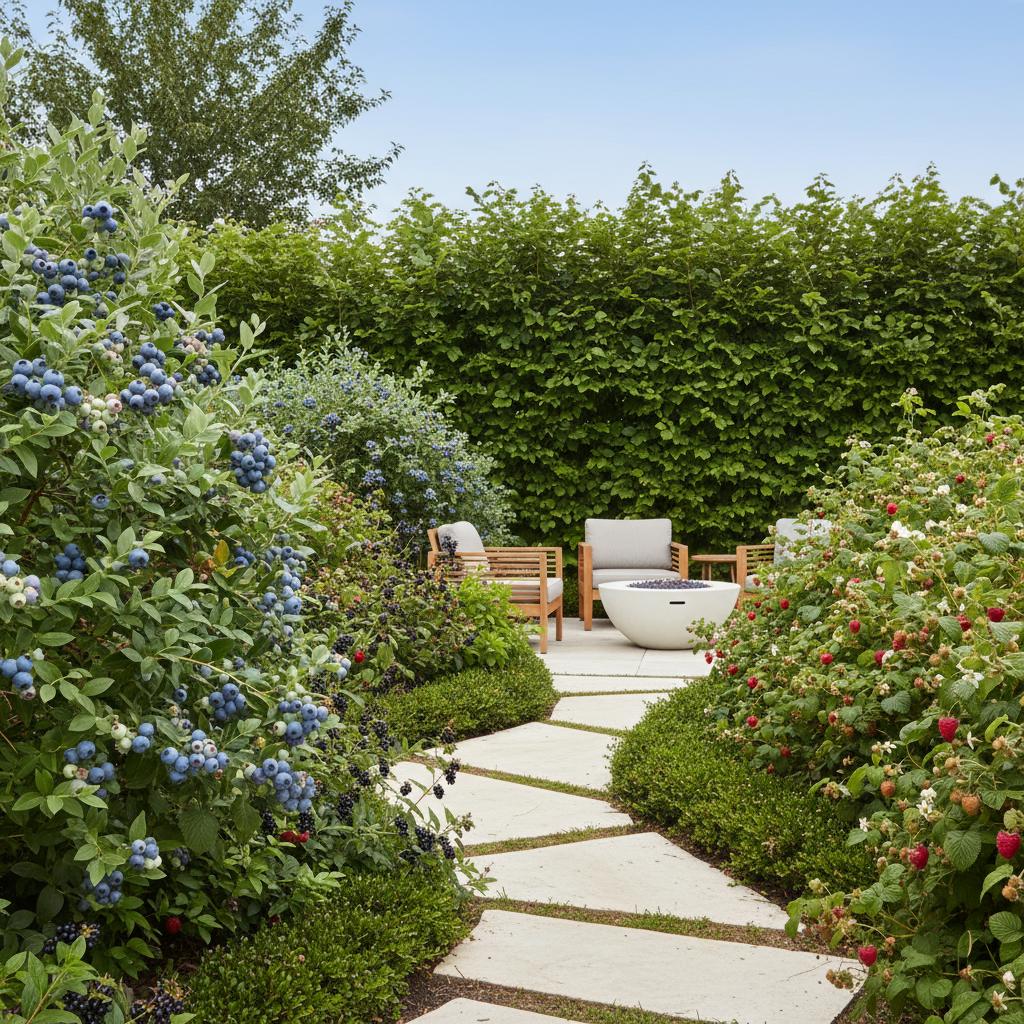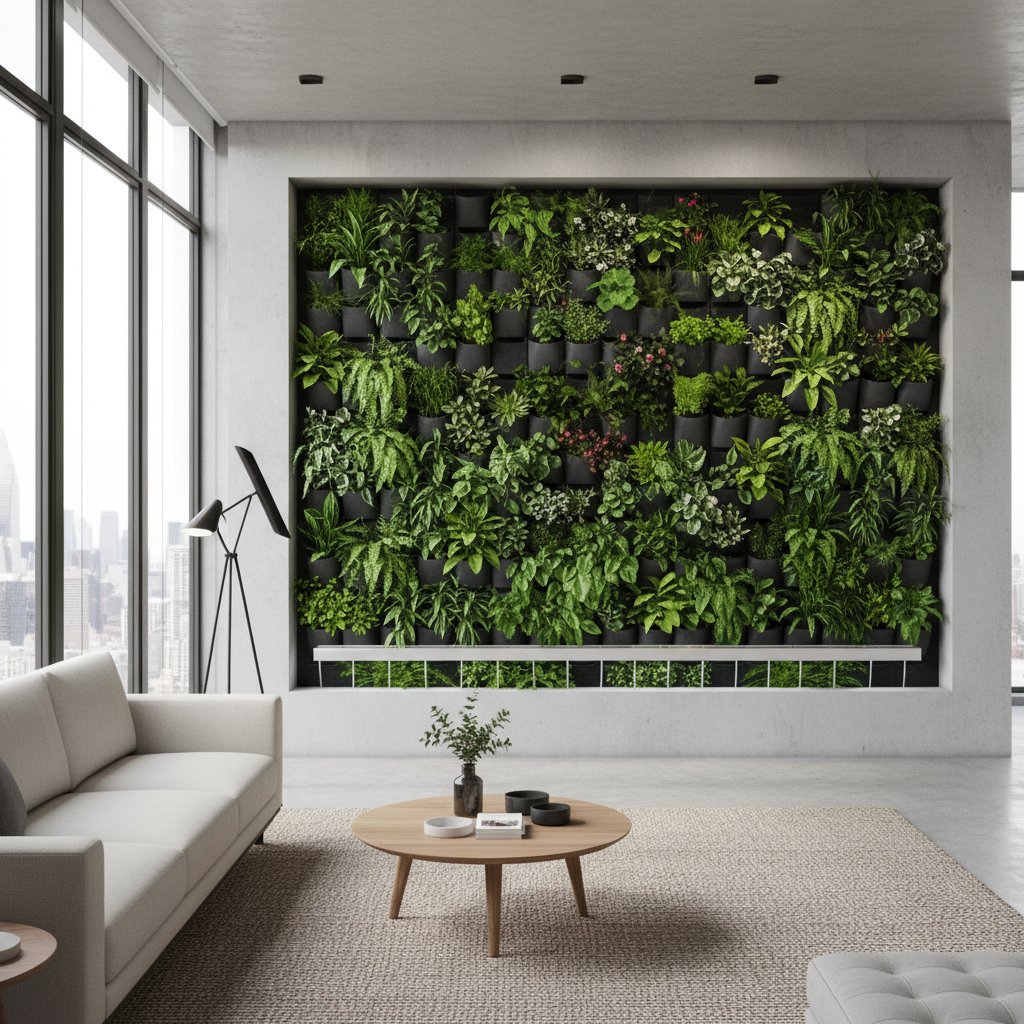Living Walls: Transforming Concrete into Vibrant Spaces
I have long appreciated how plants can soften even the most unyielding surfaces. A bare concrete wall often appears stark and unwelcoming, but when you introduce climbing vines or cascading foliage, the area shifts into something dynamic and inviting. This transformation highlights the appeal of living walls, which combine functionality with aesthetic charm in both indoor and outdoor settings.
Living walls, also known as green walls, involve vertical arrangements of plants that serve as natural dividers or screens. People incorporate them to enhance privacy, organize open areas, or add visual interest where traditional barriers fall short. These installations bring elements of nature into environments that might otherwise feel rigid and disconnected.
Natural Privacy Solutions
Homeowners frequently seek living walls as gentle alternatives to conventional fences. While a standard fence provides separation, it can seem impersonal and static. In contrast, a plant-based barrier offers seclusion while maintaining a connection to the surrounding environment.
For outdoor applications, position tall containers with robust plants such as bamboo, privet hedges, or ornamental grasses to form an effective screen. These selections grow densely and reach heights that obscure views without complete obstruction. Indoors, install modular panels that support vertical growth, allowing light and air to pass through while creating a subtle divide. This approach results in privacy that feels organic and adaptable, as plants can be shaped to adjust the level of enclosure over time.
Defining Spaces with Plant Barriers
In open layouts, whether in gardens or interior rooms, living walls provide elegant ways to establish boundaries. They delineate areas without the permanence of built structures, making them ideal for flexible designs.
Consider using a living wall to separate a patio dining space from the rest of the yard, or to create a cozy reading corner in a larger room. The plants form a permeable veil that maintains flow while distinguishing zones. You can modify the density by pruning or adding more specimens, which allows the barrier to evolve with your needs. This flexibility ensures that spaces remain connected yet defined, promoting both utility and harmony.
Design Styles for Every Aesthetic
Living walls adapt to various tastes, from understated elegance to bold expressions. This versatility enables customization that aligns with your overall decor.
- Rustic charm: Incorporate trailing ivy, ferns, or wildflowers to evoke a woodland atmosphere, with minimal intervention needed for a natural sprawl.
- Contemporary minimalism: Opt for succulents or linear grasses in geometric patterns, which maintain clean lines through regular maintenance.
- Vibrant mixes: Combine blooming perennials with varied foliage for dynamic color and texture that shifts seasonally.
- Functional edibles: Plant herbs like basil or mint alongside vegetables such as lettuce, turning the wall into a productive feature that supplies fresh produce.
Each option requires tailored care; for instance, rustic designs tolerate irregular watering, while modern ones benefit from precise shaping to preserve their form.
Key Planning Elements
Successful living walls demand attention to fundamental factors that influence plant health and structural integrity.
- Lighting needs: Assess available sunlight and supplement with LED grow lights if necessary, ensuring at least six hours of exposure for most species.
- Irrigation methods: Implement drip systems or self-watering modules to distribute moisture evenly, preventing issues like root rot or dehydration.
- Species selection: Match plants to your location, choosing drought-tolerant options for sunny exteriors or humidity-loving varieties for indoor humidity.
- Support systems: Select durable frames or planters that handle the combined weight of soil, water, and mature growth, often requiring reinforcement for larger installations.
Addressing these aspects from the outset promotes longevity and reduces common pitfalls, such as wilting from poor light or instability from inadequate support.
Beginning with Manageable Projects
Large-scale living walls can seem daunting, so start with modest implementations to build confidence. Place a series of potted climbers along a balcony edge to test privacy effects, or mount a compact herb panel in your kitchen for easy access.
This gradual approach lets you monitor growth patterns, refine watering routines, and gauge atmospheric changes. As you gain experience, expand by adding modules or extending coverage, creating a cohesive feature that develops organically.
Creating Unity Through Repetition
Effective design often relies on repeating elements to establish rhythm. In living walls, alternate similar plants or patterns to foster visual harmony; for example, intersperse ferns with hostas for balanced texture without chaos.
This technique avoids clutter and enhances cohesion, making the installation appear intentional and polished. Thoughtful repetition transforms a collection of plants into a unified barrier that complements the space.
Evolving with Your Environment
Unlike static walls, living barriers adapt and mature alongside their surroundings. They respond to seasons, care routines, and personal preferences, becoming integral to the area's character.
For anyone exploring privacy or division options, living walls present innovative solutions that blend softness with structure. They moderate views, introduce natural beauty, and evolve through growth cycles, enriching both indoor and outdoor spaces.
Wrapping Up
Approach living walls with thoughtful experimentation. Test small setups, monitor essential conditions, and incorporate repeating motifs for balance. Above all, embrace the natural progression of growth.
These installations represent more than mere divisions; they foster interactions between human spaces and the natural world, turning concrete barriers into vibrant, living elements that enhance daily life.



